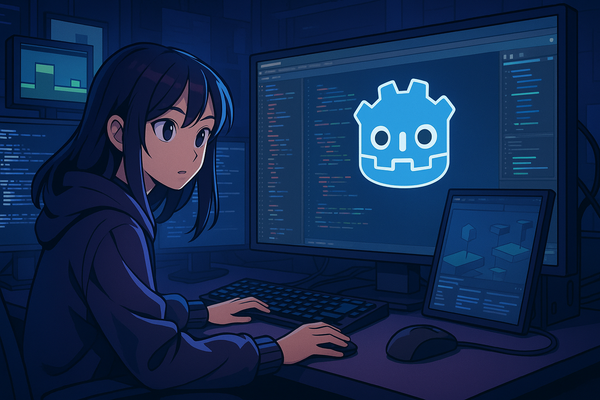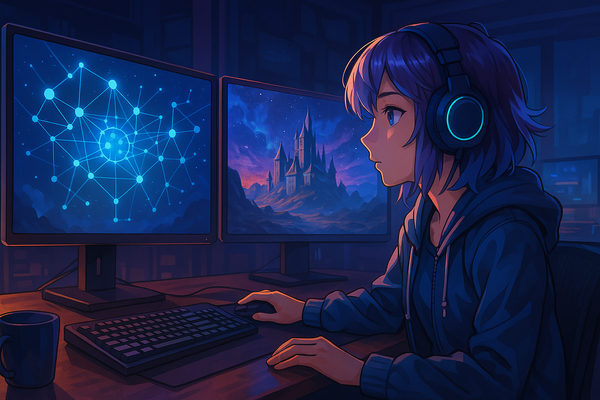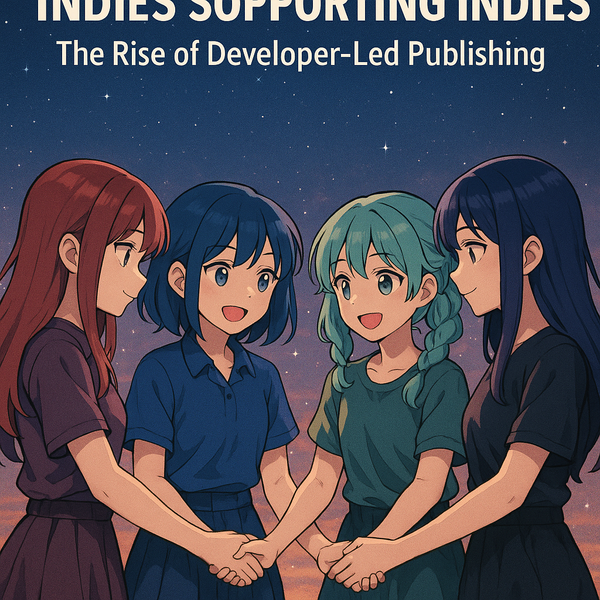Exploring the potential of the universal render pipeline in Unity game development
The Universal Render Pipeline (URP) offers game developers a powerful framework to enhance graphical performance and visual fidelity in Unity projects. As an optimized pipeline, URP simplifies the complexity of rendering high-quality graphics, making it an essential tool for both indie developers and large studios.
Starting a project with URP sets the foundation for using advanced rendering features. Developers can configure settings and assets specifically tailored for high performance and visually stunning results right from the outset. This early setup ensures that all subsequent development can leverage URP's full capabilities to enhance game visuals.
A key feature in URP is the use of stencils, which allows developers to create intricate visual effects such as x-ray visions or specific highlights within a scene. Learning to implement these effects can open up new creative possibilities, adding depth and intrigue to gameplay.
Efficiency in rendering is critical in game development, and URP addresses this through techniques such as GPU instancing and SRP Batcher. These methods optimize the rendering process, especially useful when handling scenes with multiple objects, thereby maintaining smooth performance and high-quality graphics.
Shading techniques also play a pivotal role in URP, with tools available for creating toon shaders and outlines. These are particularly valuable for developers aiming to achieve a stylized look, such as cel-shading, which can differentiate a game's aesthetic and attract a niche audience.
Ambient occlusion is another feature that URP handles adeptly, enhancing the realism of scenes by simulating the natural blocking of ambient light in tight spaces and crevices. This not only improves the visual depth but also enriches the overall immersive experience of the game.
Post-processing effects further refine the visual presentation of a game, enabling developers to adjust color grading and apply various effects to set the mood and tone of the scenes effectively. Such tweaks are crucial in the final polish of a game, ensuring that the visuals perfectly match the narrative and gameplay experience.
Lastly, efficient lighting is essential, and URP provides robust tools to manage light settings, optimize shadows, and use light probes effectively. These functionalities help in crafting detailed and dynamic lighting environments, crucial for bringing game worlds to life.
In summary, mastering URP in Unity is more than just learning new tools—it’s about embracing a workflow that can significantly elevate the visual quality of games. As developers explore these features, they unlock new opportunities to innovate and enhance their creative visions in game development.




